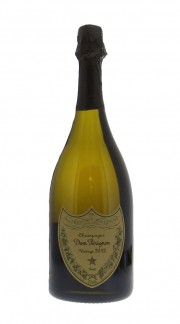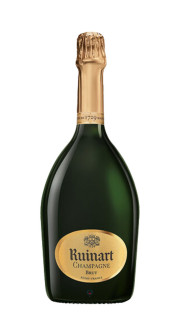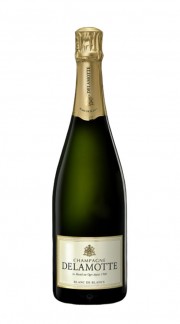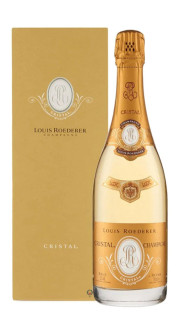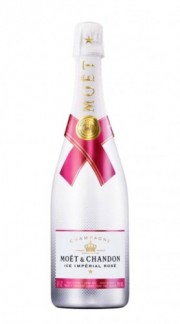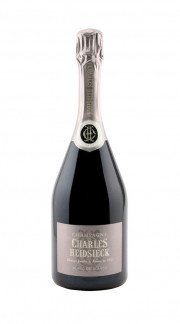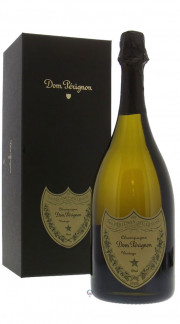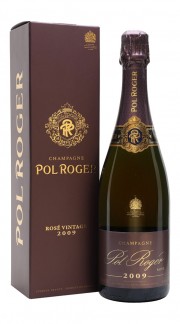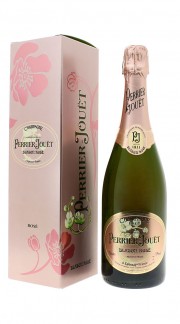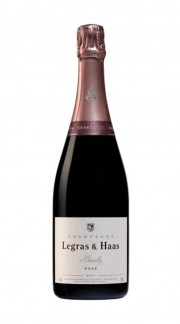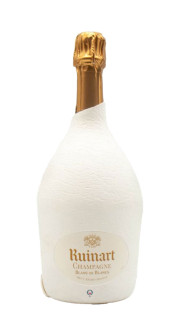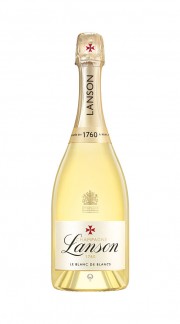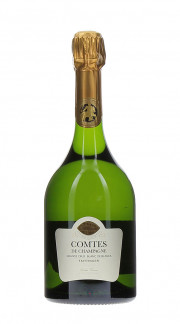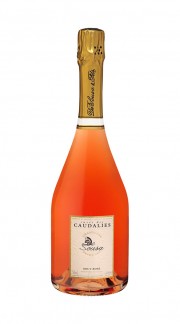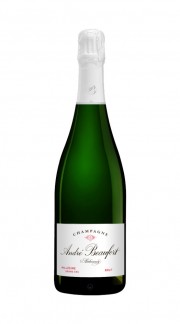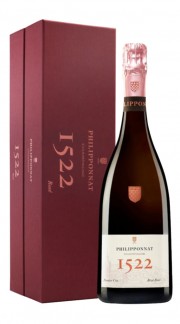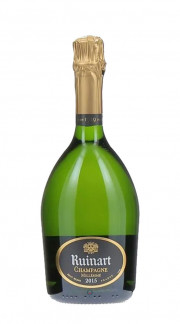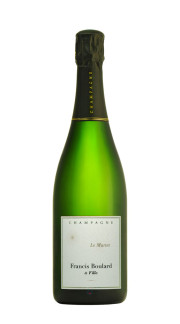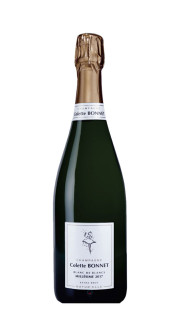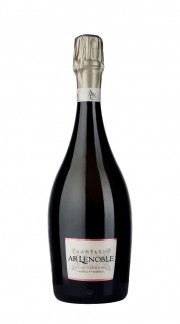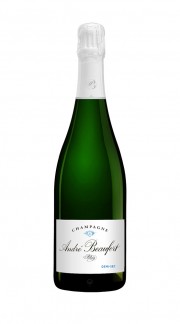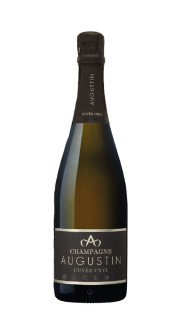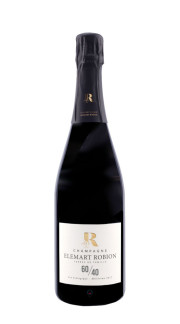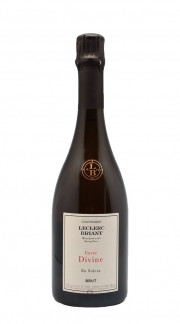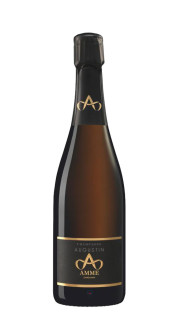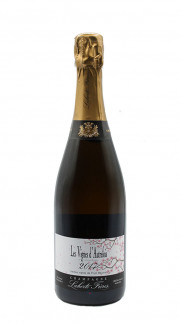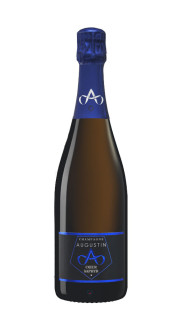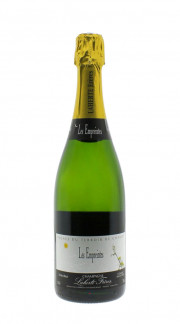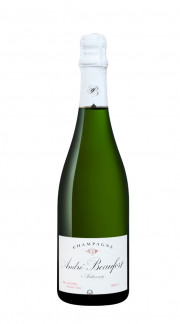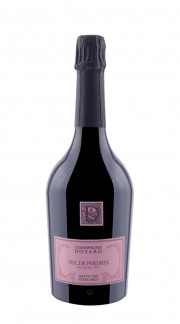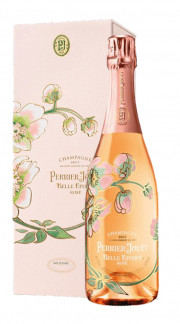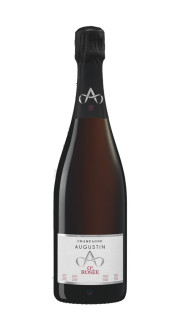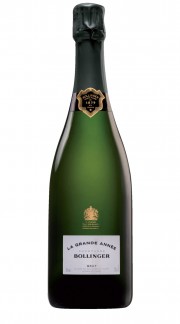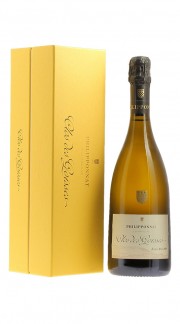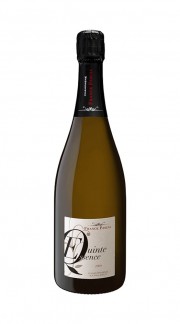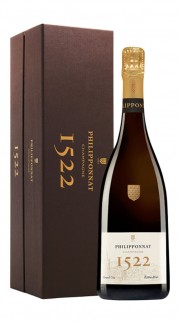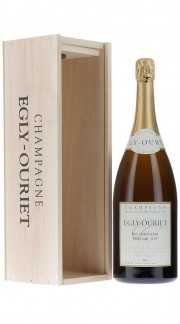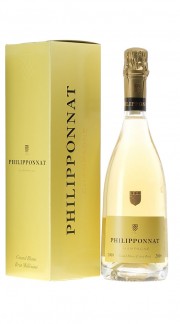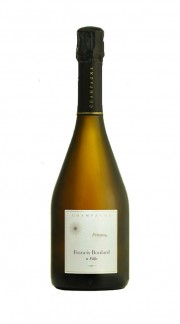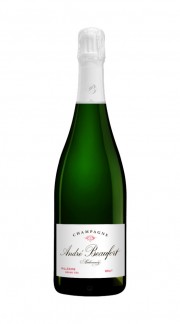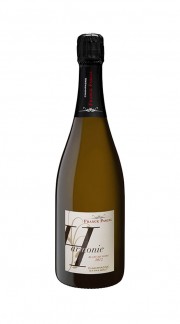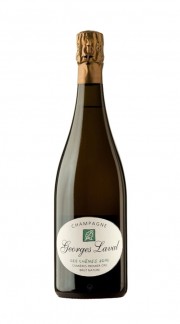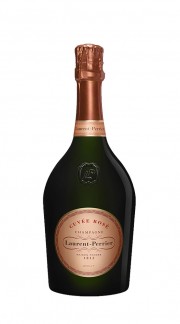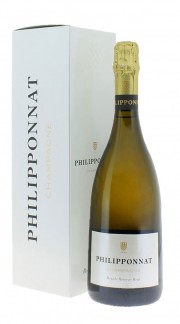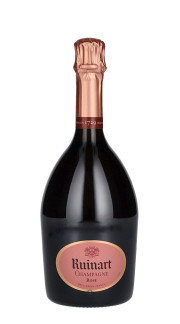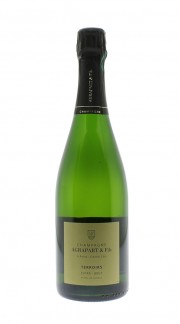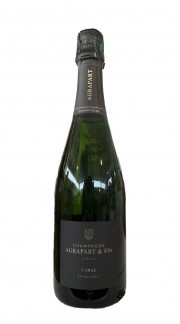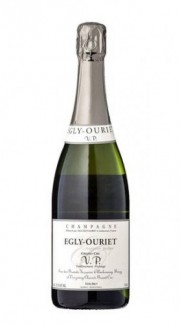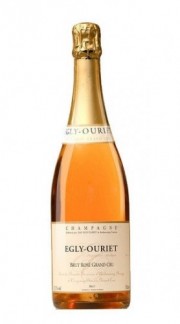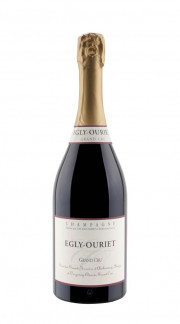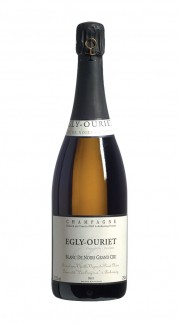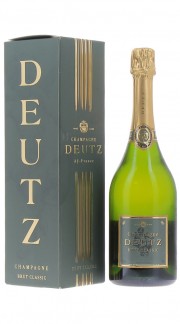It lacks to free shipping
Champagne
Champagne is certainly the best known wine in the world and is considered by many to be the most prestigious. Their fascinating history (starting from 1700), their quality (and the extraordinary skill of the French in selling them), have transformed this wine into a true icon worldwide, a symbol of prestige, luxury, party, celebration and very high quality.
- Immediate availability
€ 64,90- Immediate availability
€ 289,00- Immediate availability
€ 65,60- Immediate availability
€ 121,00- Immediate availability
€ 88,00- Immediate availability
€ 120,90- Immediate availability
€ 61,00- Immediate availability
€ 124,90- This product is no longer in stock
€ 120,10- This product is no longer in stock
€ 91,00- This product is no longer in stock
€ 74,00- This product is no longer in stock
€ 78,60- This product is no longer in stock
€ 50,90- This product is no longer in stock
€ 103,60- This product is no longer in stock
€ 60,00- This product is no longer in stock
€ 139,00- This product is no longer in stock
€ 112,00- This product is no longer in stock
€ 48,00
- 1
- 2
There are many types, in relation to the grapes used, the dosages chosen, the refinement and also based on the areas of origin, each of which with different soil and climatic characteristics. In fact, the Champagne region, north-east of Paris, is very vast and multifaceted in its geological and morphological peculiarities. Dozens and dozens of very prestigious Maisons (Champagne Cristal , Veuve Cliquot , Moet Chandon , Roederer , Krug , etc.) and hundreds of small Vignerons represent thousands of different labels, styles and proposals. So, let's get curious and have fun trying to taste different types of Champagne, choosing from the wide range that we have carefully selected and which can be purchased online. Prosit!
Champagnes: history of one of the most famous wines in the world
But let's start from the beginning: it is said that Dom Perignon "invented" Champagne, yet today we know that this "discovery" cannot be attributed to this fundamental figure in the field of winemaking. Champagne is actually the result of a series of circumstances that occurred due to the specific environmental and climatic conditions of the region, which were developed and controlled by various growers until the mid-1800s, when what really defined what is today we define "champagne".
Dom Pierre Pérignon is undoubtedly responsible for perfecting the vinification in white from red grapes, which today are the fundamental backbone of the production of Champagne. He also instituted strict regulations on the planting of vines, with the aim of drastically reducing yields to increase the concentration of the wine, and again imposing the pressing of the grapes immediately after the harvest, strictly enforced at 10! Thinking about it, these concepts are still associated with fine enology today. Dom Pérignon was also the first to make wine and to separate the grapes from different vineyards, believing that each vineyard gave it a unique quality: in other words, it was the first to apply the concept of Cru .
However, it is probable that the champagne produced in the time of Dom Pérignon could be completely different from today's champagne. The champagne, for example, was cloudy and certainly not as brilliant, clear and bright as we are used to seeing it. We will have to wait for 1818, when an employee of Nicole Ponsardin, the famous Widow Clicquot (Veuve Clicquot) developed a still well-known system called " Rémuage ", i.e. the rotation and shaking of the bottle, with the aim of producing yeast lees The sediment in the wine it slides towards the neck so that it can be removed more easily, thus making the wine clear.
The first versions of Champagne were also much sweeter than today's Brut absolute. The dosage is actually needed to mask the strong acidity and tartness of the wine! As production techniques improved, the quality of Champagne also improved, progressively reducing its sweetness, up to what is now known as Champagne Brut (and similar Champagnes), a goal achieved only in the mid-1800s.
Champagne: region and characteristics
The Champagne region (34,000 hectares of vineyards) is located about 150 kilometers north-east of Paris and is one of the northernmost wine areas in the world. About 15,000 winegrowers currently operate in Champagne who supply grapes to about 110 wineries that produce the famous sparkling wines known all over the world. Many vintners (vignerons), numbering some 5,000, keep some (or all) of the harvest to make their own champagne, as well as sell grapes to châteaux, and these small producers' results are often excellent.
The communes of the region are classified using a system – called the " echelle des Crus " (crus class) – also known as the " vineyard classification ". The classification was established in 1911 based on the quality of each Cru and its distance from the commercial centers of Champagne, namely Reims and Epernay.
Municipalities are classified into three categories: “ Grand Cru ” (100%), “ Premier Cru ” (90-99%) and “ Cru ” (80-89%). The grapes of Champagne, with which the famous wine can be produced, are (almost exclusively) Chardonnay , which determines its traits of finesse and elegance (26% of the vineyard area); if a champagne is created solely with this grape, it is labeled " blanc de blancs "; Pinot Noir , which has the merit of giving structure and aromas (37% of the vineyard area); the Pinot Meunier , which determines the richness and aromatic complexity of the fruit as well as the structure. If a champagne is created solely with the 2 Pinots, it is labeled " blanc de noir ".
Champagne is divided into five production areas :
1. the Montagne de Reims (Grand Cru)
2. Côte des Blancs (Grand Cru)
3. Vallée de la Marne (Grand Cru)
4. Cote de Sezanne
5. Côte des Bar or Aube
Champagne wines and production: Champenoise method or classic method
Champagne is produced according to the Champenoise method , known in Italy for many years as the classic method , which mainly involves carrying out a double fermentation, also called refermentation in the bottle to create bubbles.
Here are the main phases, in summary:
- Production of the base wine
- Assembly of several base wines
Also called " Cuvée ", the blend is a valuable blend of wines (often from different vines) from the various vintages available to the producer which ultimately characterize the style of the production company. If the cuvée is made up of at least 85% grapes from the same vintage, then the sparkling wine earns the denomination of " Millesimato " and the vintage can be indicated on the label; otherwise we have a " sans année ".
- Addition of the " Liqueur de Tirage " to create the refermentation in the bottle.
- Bottling in champagne bottles, sealed with a crown cap ; under the cap is the " Bidule ".
- Second fermentation
The bottles are thus stacked horizontally in the cellar, where a second refermentation in the bottle is triggered.
- Aging on the lees
In Champagne, the disciplinary says that the minimum refinement on the lees must be 12 months , while for the Millesimati at least 36 months more .
- Remuage
The bottles are placed on special wooden trestles, the " Pupitres ", on which they are rotated 1/8 of a turn daily and periodically inclined to convey the yeast lees towards the neck of the bottle, within 1-2 months.
- Disgorgement
Disgorgement " à la volée ", due to the effect of pressure, the residue in lees formed under the cork comes out; then the bottle is promptly re-corked.
Lately it has been in use (but not obligatory!) to report the year of disgorgement on the back of the label, important information for the consumer because it is an indication of age (or not) for the sparkling wine. Sparkling wines, like champagne, should be consumed within 1 year or so of disgorgement.
- Dosage
The " Liqueur d'expédition " or "dosage syrup" is a recipe that varies from producer to producer and is a liquid, mixed with sugar, which is added as a topping up. Here are the types of sparkling wine, in relation to the quantity of sugar added in the dosage phase, in grams/litre:
- pas dosé or dosage zero or brut nature: < 3 g/l
- extra brut: between 0 and 6 g/l
- brut: < 12 g/l
- extra dry: between 12 and 17 g/l
- sec or dry: between 17 and 32 g/l
- demi sec: between 32 and 50 g/l
- doux: greater than 50 g/l
Wines and Champagnes: read the labels
Current legislation provides that each champagne label bears an initials and an identification and control number , in order to allow identification of the type and name of the producer. It is an important tool for the consumer to differentiate the type of producer and understand the quality of the bottle. It is certainly undeniable that Champagne is a great wine, and the value of each product is indisputable. Like any other wine, the best Champagne assumes that its production is due to the principles, expertise and conscientiousness of its producers.
In fact, the prices of champagne are very variable, depending on the size of the producer and the quality level of his work. And even the online sale of champagne reflects this aspect: you can find excellent labels at very competitive prices!
Here are the abbreviations on the label:
- RM ( rècoltant-manipulant ): he who cultivates his own vines, harvests his own grapes, and produces his own wine;
- NM ( négociant-manipulant ): indicates that producers who buy grapes, must or wine, almost always grow them in their own vineyards and process the champagne in their own premises. This category includes the big fashion houses famous all over the world;
- RC ( récoltant-coopérateur ): Person who cultivates his own vines and sends the grapes to a cooperative for processing and selling the finished product;
- CM ( coopèrative de manipulation ): cooperative to which the members give grapes and transform and sell wine;
- SR ( société de récoltants ): winegrowers of the same family come together to grow grapes and produce wine together, taking advantage of a larger portfolio and assemblage and marketing possibilities;
- ND (distributor nègociant ): shopkeeper who buys, labels and sells bottles in his name;
- MA ( marque d'acheteur or marque auxiliaire ): the brand does not belong to the maker of the champagne, but to the buyer (e.g. Fauchon, Maxim's).
Online Champagne Sale: the best you can find
If you are looking for the best for a toast with family or friends, you are in the right place here: you can choose the most suitable bottle of champagne for each special event according to the grapes you prefer and the producers. You will also be able to select the awards to choose the best of the best for your champagne wine.
Champagne offers: advantageous prices for everyone
Champagne is synonymous with luxury, but it is also possible to find excellent bottles at a very affordable cost. Just select within the filters based on the price or among the promotions to find champagne on offer . Seize our opportunities and discover our prices: quality champagne for everyone.
So, let us intrigue you and have fun trying to taste different types of champagne, choosing from the wide range that we have carefully selected for you.
